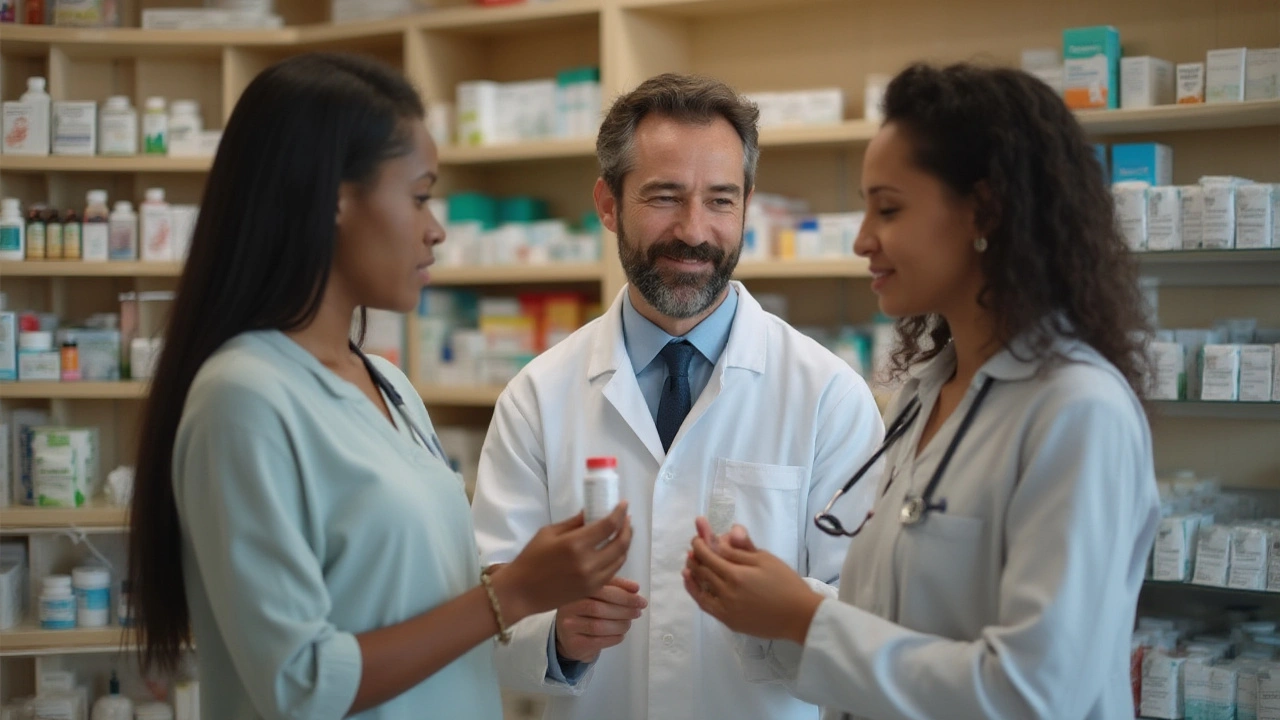Drug Equivalents: What You Need to Know for Smart Medication Choices
Ever stared at a prescription and wondered if that generic you’re offered is just as good as the brand? You’re not alone. The world of medications—brand-name, generic, and equivalents—can feel like a maze. But once you break it down, making safe and budget-friendly choices gets a whole lot easier.
First off, let’s squash the myth: generic drugs aren’t low-quality knockoffs. Generics have to match the same active ingredients, strength, and effectiveness as the brand-name versions. The FDA keeps a pretty tight leash here. Sure, they might look different and sometimes use slightly different fillers or dyes, but your body will never notice.
So why do pharmacists sometimes hand out generics when you were expecting the fancy brand? It usually comes down to price and insurance. Generics are much cheaper because companies don’t have to pay for years of research, advertising, or market monopolies. For most people, taking the generic is just as safe and way easier on the wallet.
What about drug equivalents? This term pops up when you’re looking at different brands making the “same” medication. Maybe your doc prescribed one, but your pharmacy suggests another. If they’re true equivalents—same dose, same effect—it’s actually a straightforward swap. Be cautious if you switch for special reasons, like allergies to certain pill finishes or non-active ingredients. In those cases, tell your pharmacist exactly what’s up.
Safe medication isn’t just about what’s printed on the label, though. Have you ever tried to make sense of those drug interaction charts at the pharmacy? They aren’t just there to look fancy. Reading those charts right could save you from major side effects. Watch for color codes—red usually means “don’t mix,” yellow is “caution,” and green is “all clear.” Know what column stands for which medicine, and always check with your doctor or pharmacist if you see a potential combo warning.
Still unsure whether to go brand or generic, or what a certain chart means? Ask your pharmacist about any concerns. Don’t just accept swaps if you have special conditions, rare allergies, or are on a complicated list of meds. Your unique situation matters.
Quick tip: if you’re juggling more than three daily meds, keep a written list. Show it every time you pick up a new prescription. This simple habit helps the pharmacist spot potential issues, interactions, or duplications before you even leave the counter.
Looking to save cash? Comparison shop with different pharmacies and ask about “therapeutic alternatives.” Sometimes there’s a totally different medicine that works just as well but costs way less (and exactly these are often called drug equivalents in pharmacy speak).
Taking control of your drug choices isn’t just for experts or doctors. The more you know about generics, equivalents, and how to navigate interaction charts, the safer—and cheaper—your healthcare gets. Don’t be shy about asking questions or saying no to automatic swaps if you feel uneasy. When you know what’s in your pill bottle, you’re already way ahead of the game.
When to Substitute a Drug: Safe Guide to Drug Equivalents
Posted by Kayla Susana on Jul, 13 2025

Learn when it's smart and safe to substitute a drug for its equivalent. Understand the real differences between generics and brand names, and how to make the right choice.
